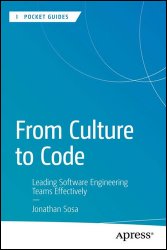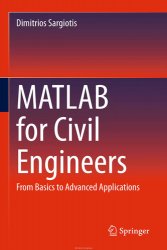- Добавил: literator
- Дата: 22-05-2025, 18:05
- Комментариев: 0
 Название: The Deep Learning Engineer's Handbook: From Fundamentals to Advanced Techniques with Scikit-Learn, Keras, and TensorFlow
Название: The Deep Learning Engineer's Handbook: From Fundamentals to Advanced Techniques with Scikit-Learn, Keras, and TensorFlowАвтор: Aarav Joshi
Издательство: 101 Books
Год: 2025
Страниц: 1649
Язык: английский
Формат: epub (true)
Размер: 13.8 MB
"The Deep Learning Engineer's Handbook: From Fundamentals to Advanced Techniques with Scikit-Learn, Keras, and TensorFlow" is a comprehensive guide designed for STEM professionals looking to master Deep Learning implementation. The book is structured to take readers from foundational concepts to advanced applications, covering essential neural network architectures, training methodologies, and deployment strategies. This practical handbook features extensive code examples using popular frameworks like TensorFlow, Keras, and Scikit-Learn, enabling readers to build working models from scratch. The content progresses logically through Machine Learning fundamentals, convolutional neural networks, recurrent architectures, transformers, and generative models, culminating in production deployment techniques. Perfect for engineers, data scientists, and researchers seeking to implement cutting-edge Deep Learning solutions, this handbook serves as both a learning resource and reference guide for building intelligent systems.


 Название: Карающий меч адмирала Колчака
Название: Карающий меч адмирала Колчака 





 Название: Бабушкины рецепты
Название: Бабушкины рецепты